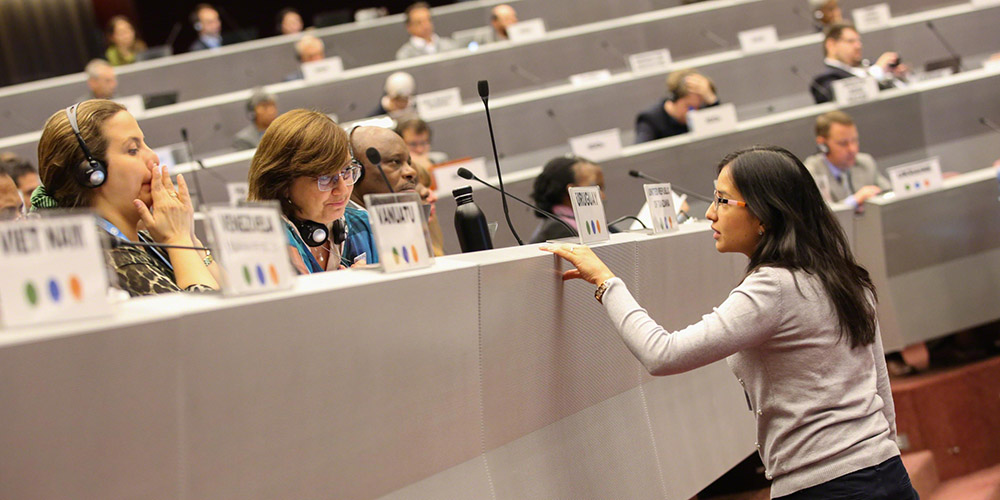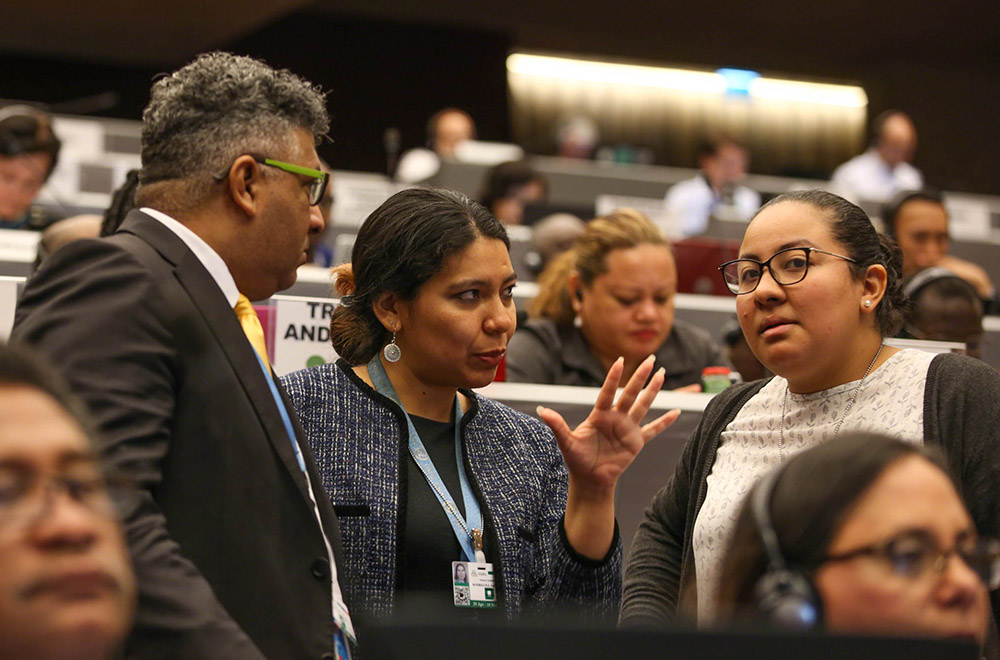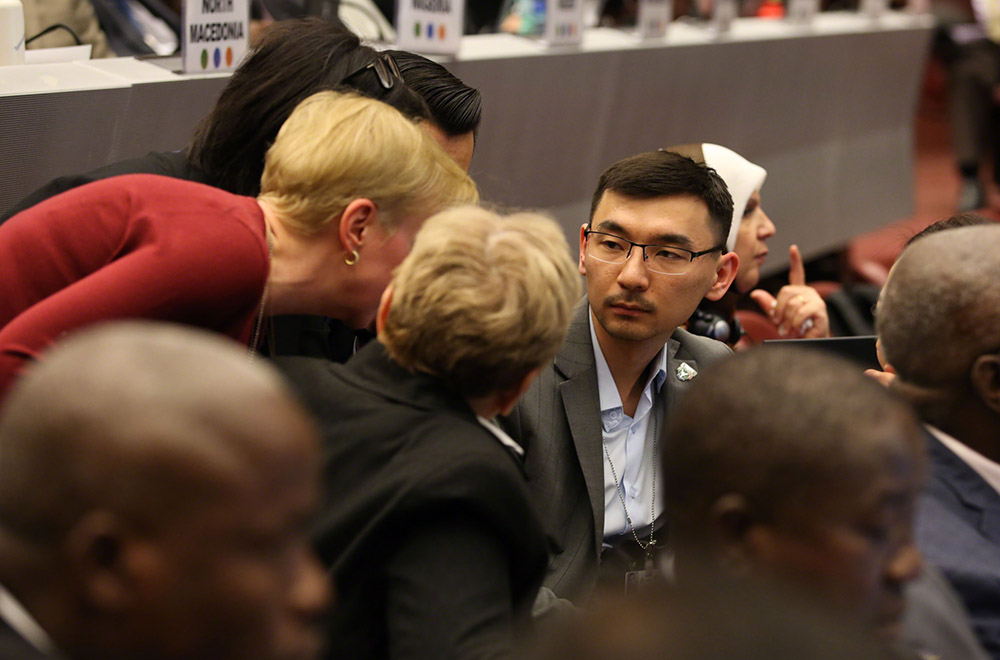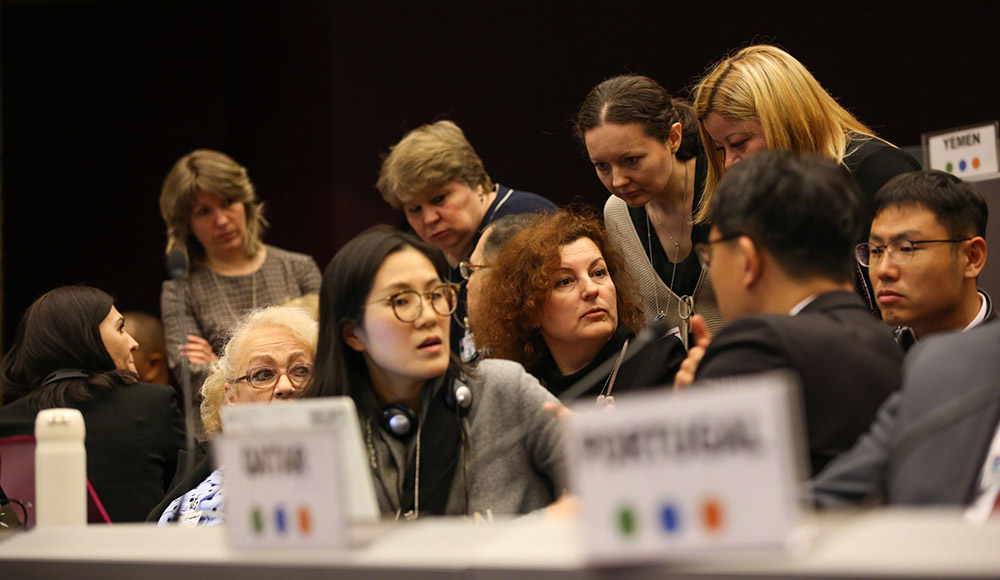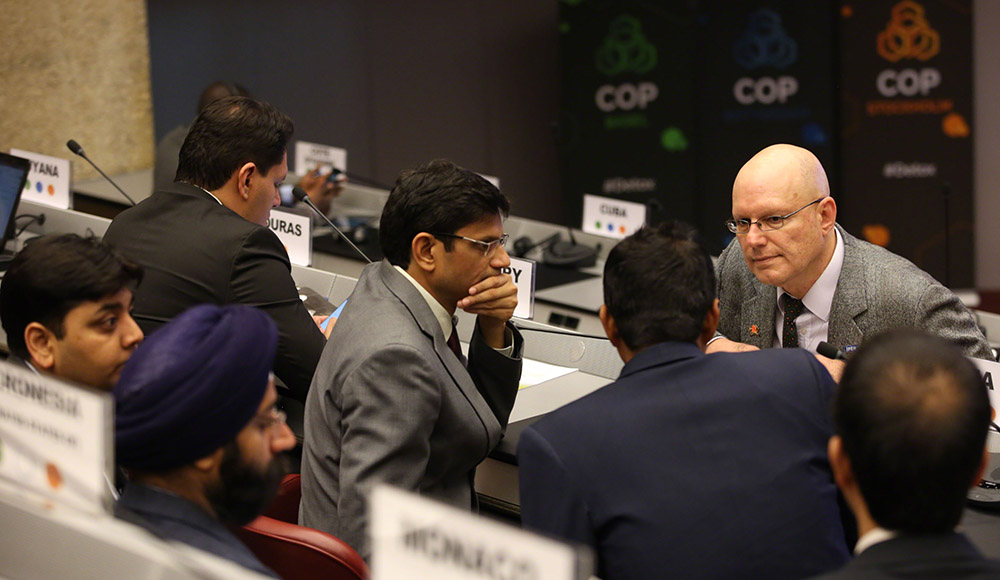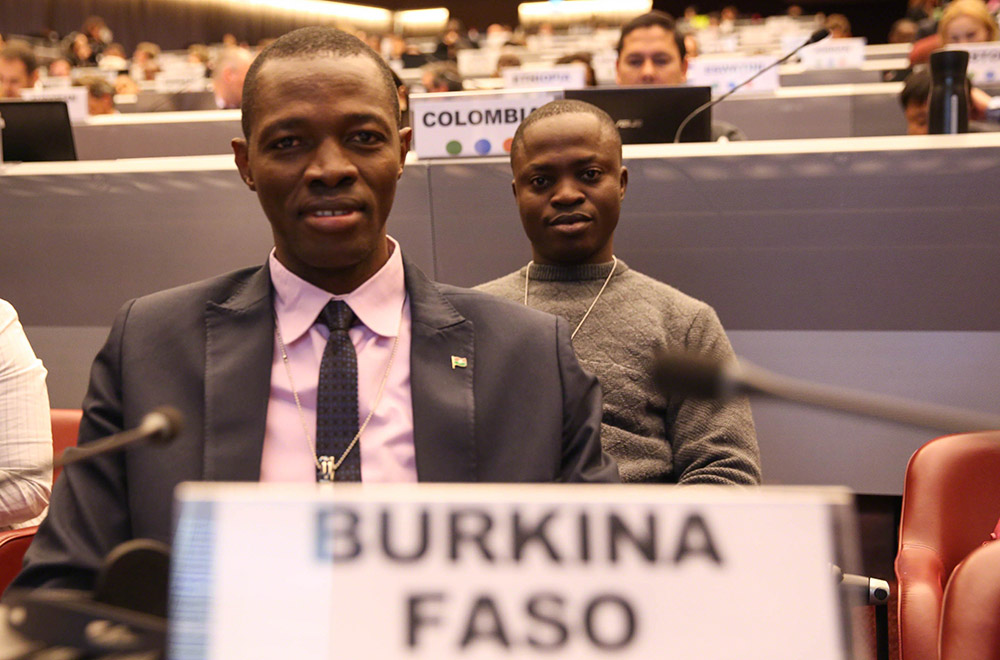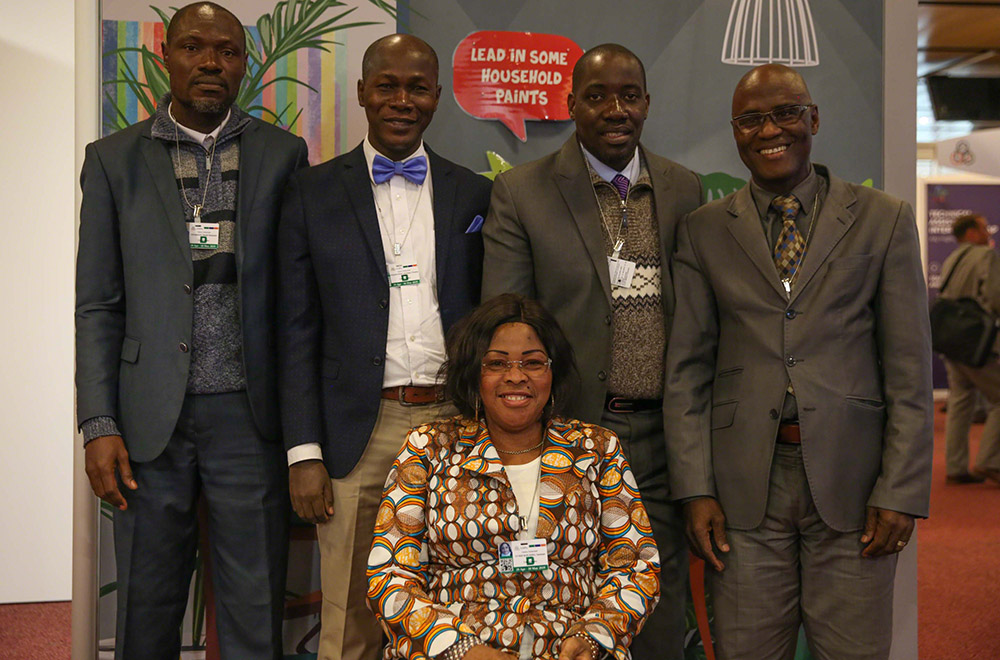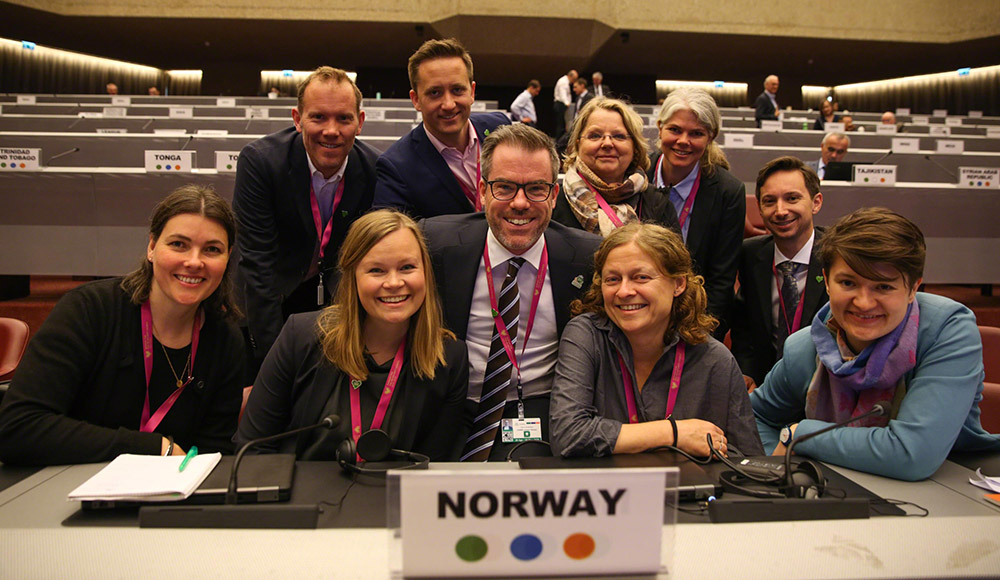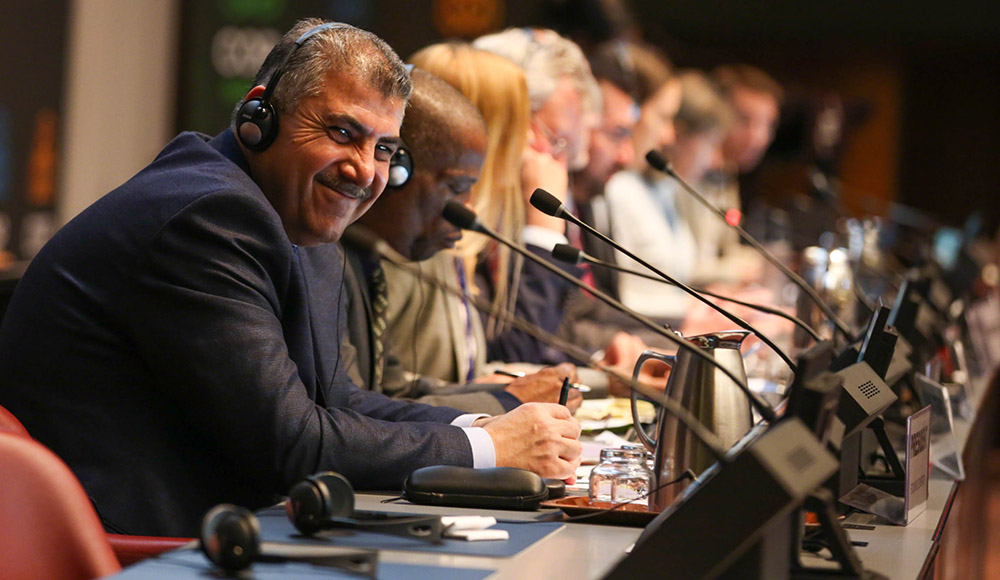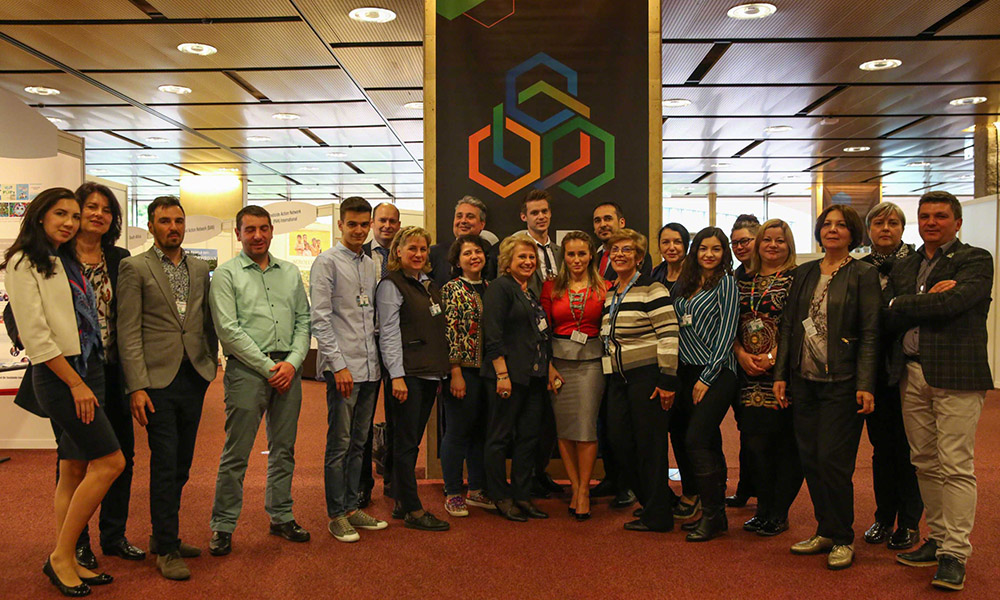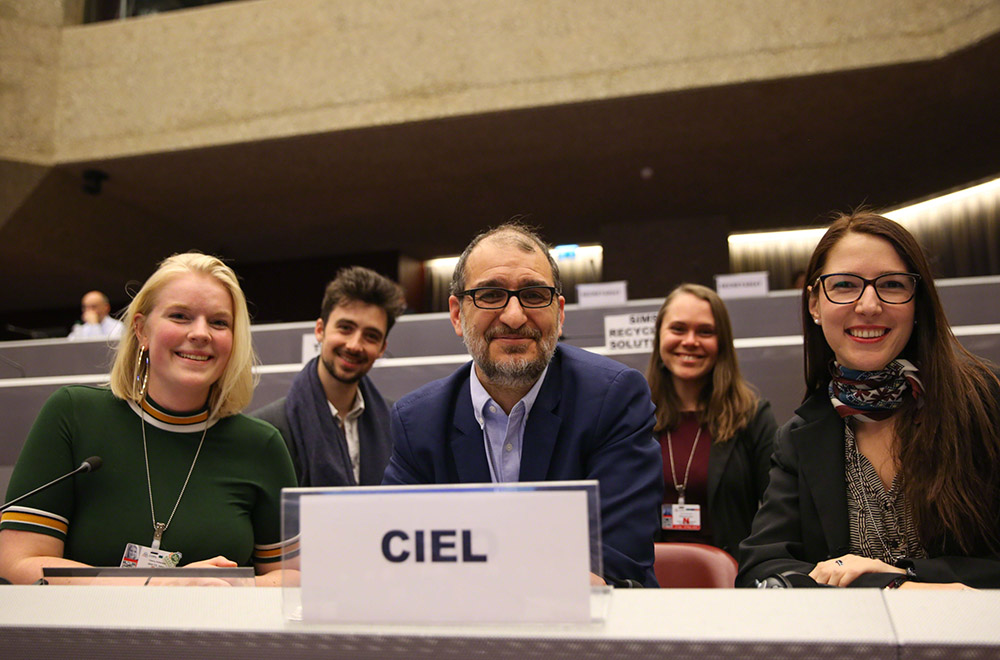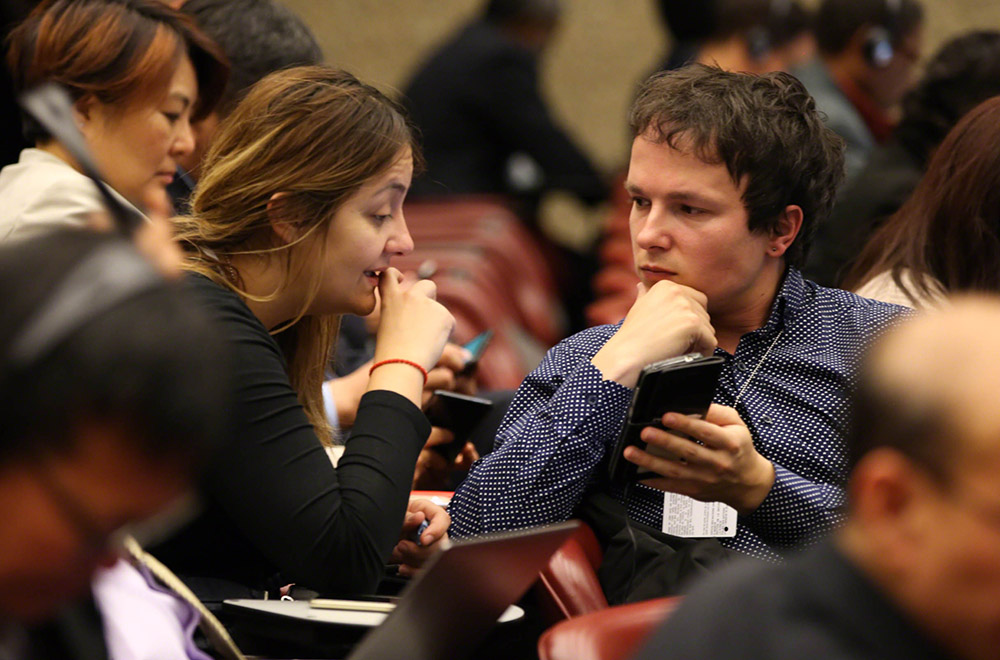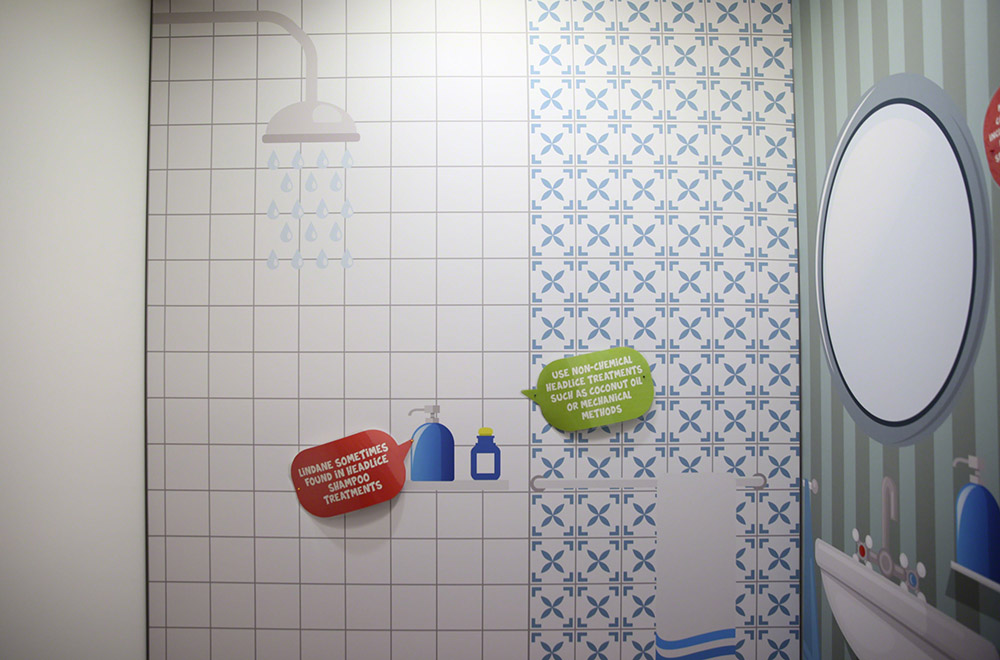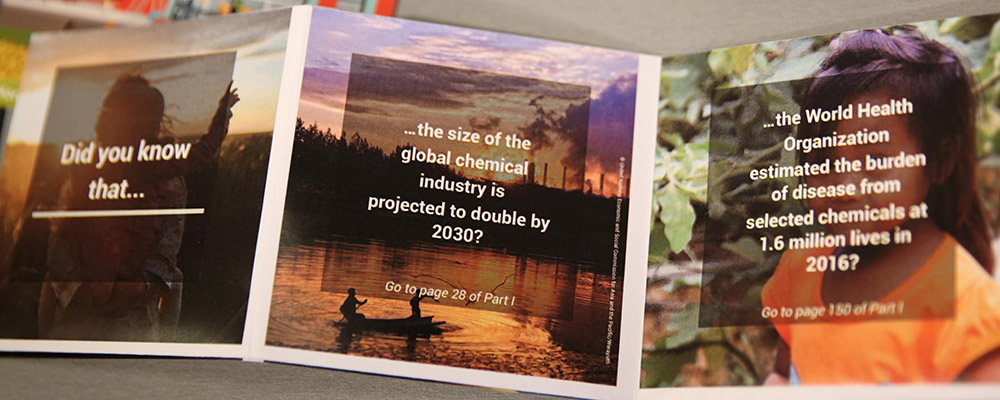Summary
Highlights for Wednesday, 8 May 2019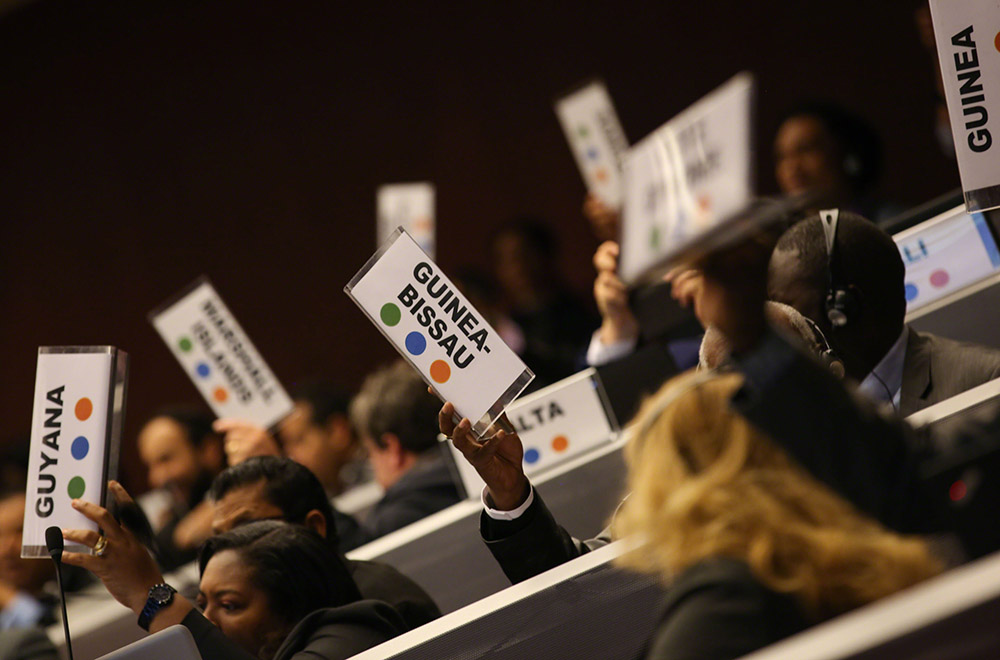
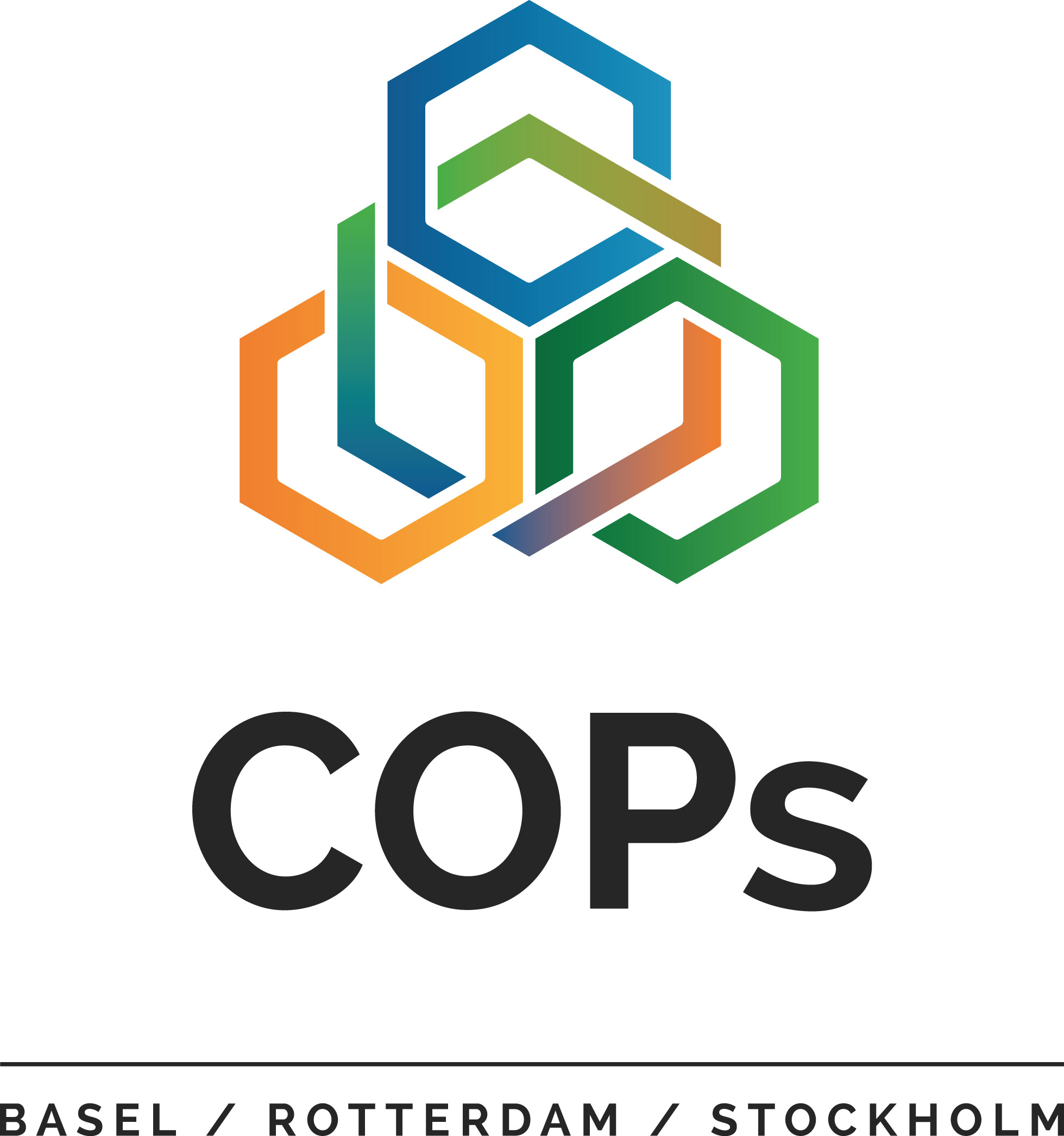 On the ninth day of the 2019 meetings of the Conferences of the Parties (COPs) to the Basel, Rotterdam, and Stockholm (BRS) Conventions, delegates convened in plenary to address two significant agenda items under the Rotterdam Convention: compliance and listing of chemicals in Annex III.After 15 years of negotiations to define and establish procedures and a mechanism to support compliance with the provisions of the Rotterdam Convention, there was widespread support for the creation of a non-punitive mechanism that would facilitate parties’ implementation of their obligations. Parties came close to achieving consensus at the last two meetings, and at COP9, only one party continued to block agreement. When it became clear that consensus would not be possible, parties took the unprecedented and historic step of voting to create a new Annex to the Convention which sets out procedures and mechanisms to facilitate compliance. This new mechanism will assist parties to identify and address gaps in complying with the Convention, with the aim of ensuring that governments have the information they need about hazardous chemicals to assess the risks and take informed decisions when importing chemicals.In the afternoon, the COP turned to some of the core work of the Rotterdam Convention: the Chemical Review Committee’s recommendations to list chemicals in Annex III. The Committee has recommended listing two severely hazardous pesticide formulations (SHPFs) - fenthion and paraquat - as well as the chemicals acetochlor, hexabromocyclododecane (HBCD), phorate, carbosulfan, and chrysotile asbestos. Listing chemicals under the Rotterdam Convention does not constitute a ban, but subjects them to the prior informed consent procedure between exporting and importing countries. Agreement to list HBCD and phorate was swift. Discussions on acetochlor, carbosulfan, paraquat, fenthion and chrysotile asbestos were more difficult, however, with many delegates objecting to listing chemicals that are widely used in their countries. The different views on chrysotile asbestos, which has been on the COP’s agenda since 2006, once again proved to be insurmountable; the issue will be forwarded to COP10 for further discussion.For more details on the day's events and to hear what delegates said in the corridors, see our Earth Negotiations Bulletin.
On the ninth day of the 2019 meetings of the Conferences of the Parties (COPs) to the Basel, Rotterdam, and Stockholm (BRS) Conventions, delegates convened in plenary to address two significant agenda items under the Rotterdam Convention: compliance and listing of chemicals in Annex III.After 15 years of negotiations to define and establish procedures and a mechanism to support compliance with the provisions of the Rotterdam Convention, there was widespread support for the creation of a non-punitive mechanism that would facilitate parties’ implementation of their obligations. Parties came close to achieving consensus at the last two meetings, and at COP9, only one party continued to block agreement. When it became clear that consensus would not be possible, parties took the unprecedented and historic step of voting to create a new Annex to the Convention which sets out procedures and mechanisms to facilitate compliance. This new mechanism will assist parties to identify and address gaps in complying with the Convention, with the aim of ensuring that governments have the information they need about hazardous chemicals to assess the risks and take informed decisions when importing chemicals.In the afternoon, the COP turned to some of the core work of the Rotterdam Convention: the Chemical Review Committee’s recommendations to list chemicals in Annex III. The Committee has recommended listing two severely hazardous pesticide formulations (SHPFs) - fenthion and paraquat - as well as the chemicals acetochlor, hexabromocyclododecane (HBCD), phorate, carbosulfan, and chrysotile asbestos. Listing chemicals under the Rotterdam Convention does not constitute a ban, but subjects them to the prior informed consent procedure between exporting and importing countries. Agreement to list HBCD and phorate was swift. Discussions on acetochlor, carbosulfan, paraquat, fenthion and chrysotile asbestos were more difficult, however, with many delegates objecting to listing chemicals that are widely used in their countries. The different views on chrysotile asbestos, which has been on the COP’s agenda since 2006, once again proved to be insurmountable; the issue will be forwarded to COP10 for further discussion.For more details on the day's events and to hear what delegates said in the corridors, see our Earth Negotiations Bulletin.
IISD Reporting Services, through its Earth Negotiations Bulletin (ENB) Meeting Coverage, provided daily web coverage, daily reports, and a summary and analysis report from the 2019 Meetings of the Conferences of the Parties to the Basel, Rotterdam and Stockholm Conventions. The summary and analysis report is available in HTML and PDF.
Photos by IISD/ENB | Kiara Worth
For photo reprint permissions, please follow instructions at our Attribution Regulations for Meeting Photo Usage Page.
Plenary: Rotterdam Convention

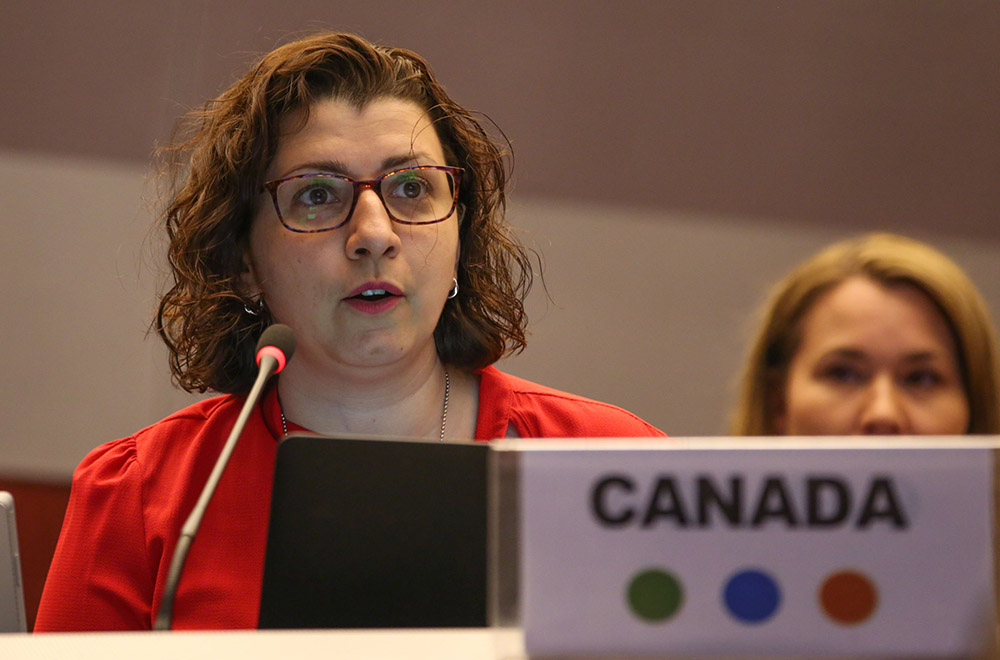
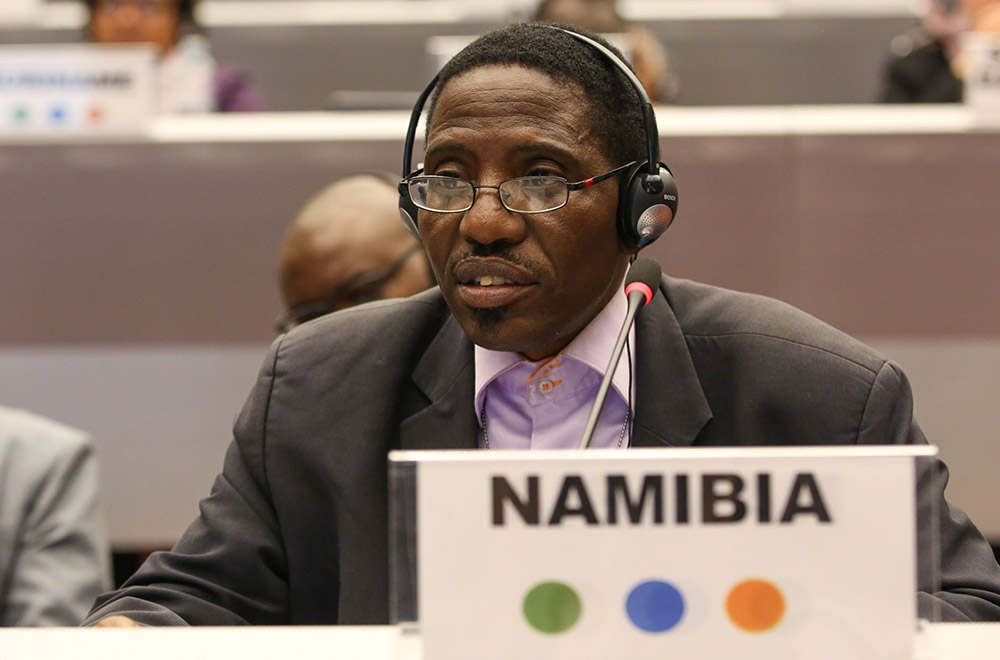
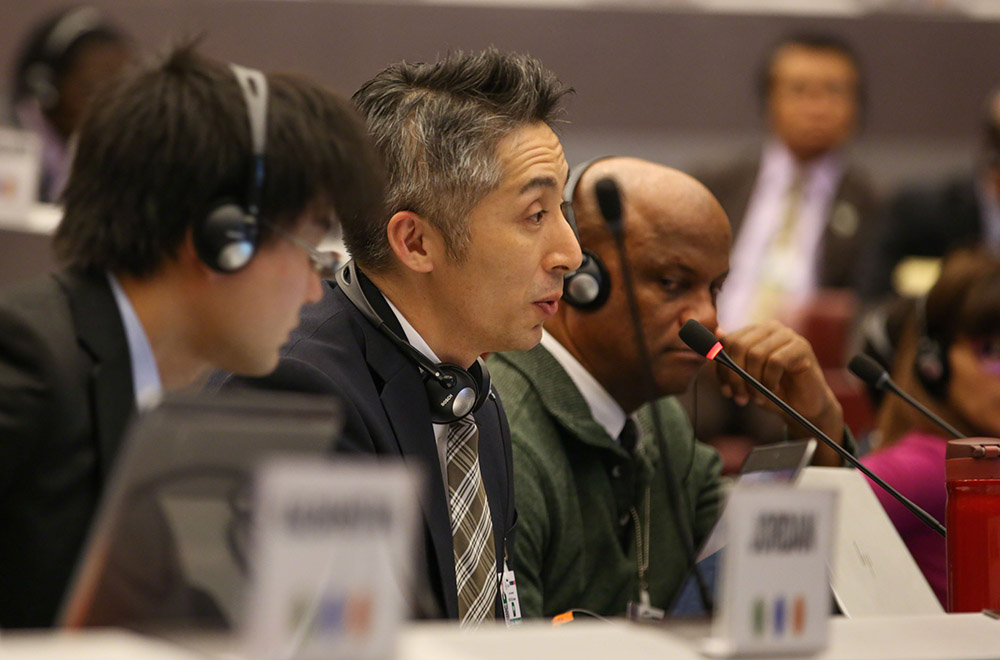
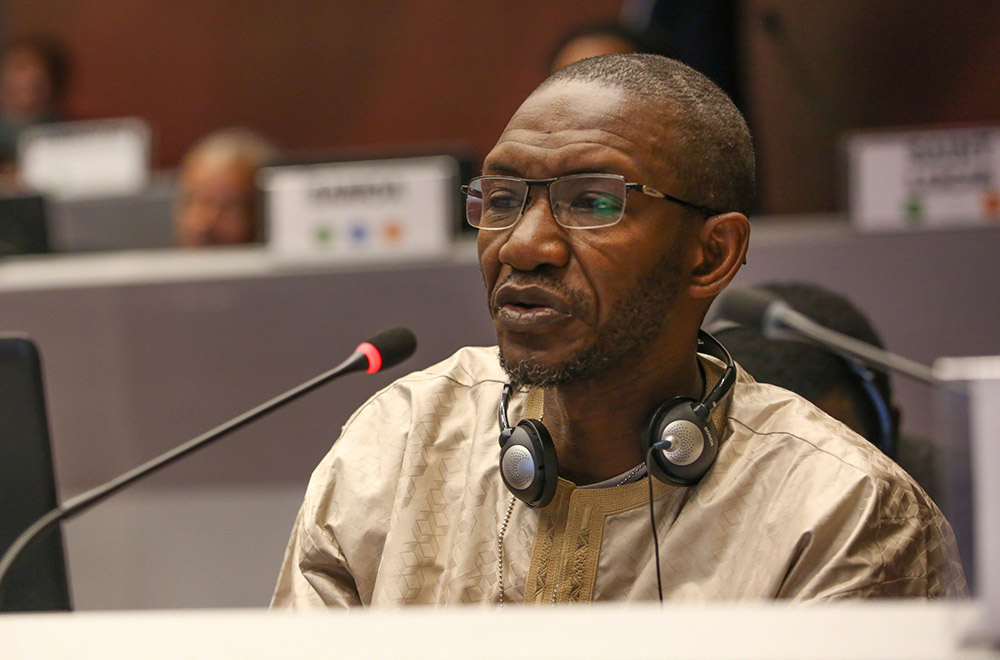
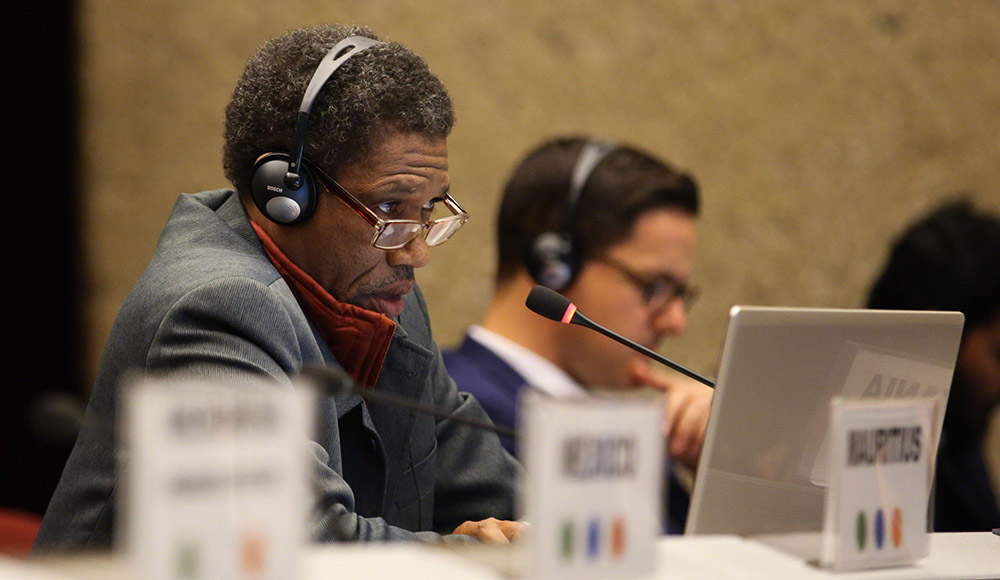

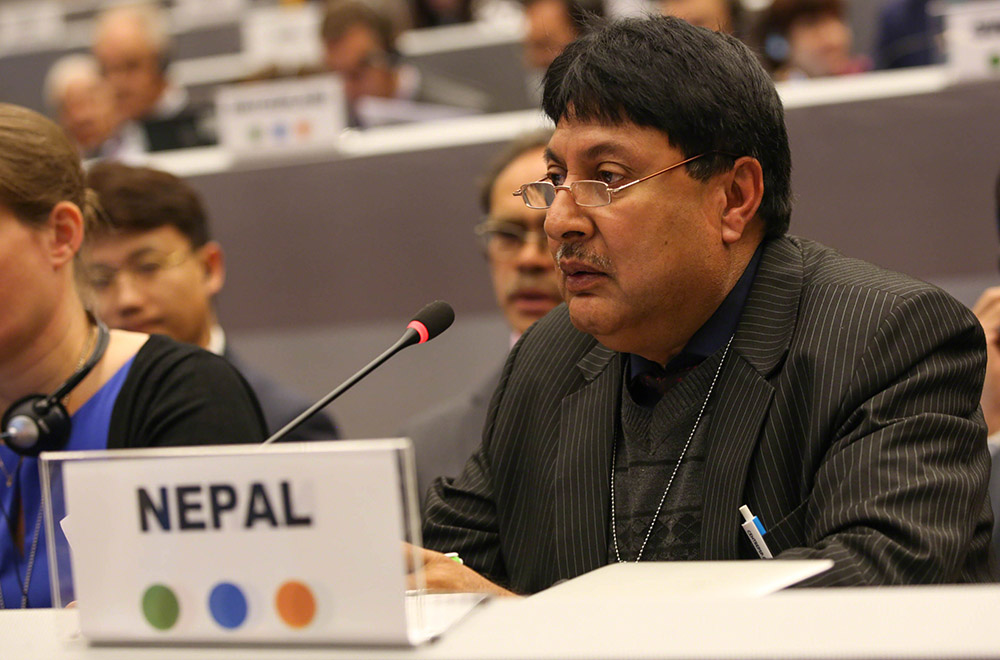
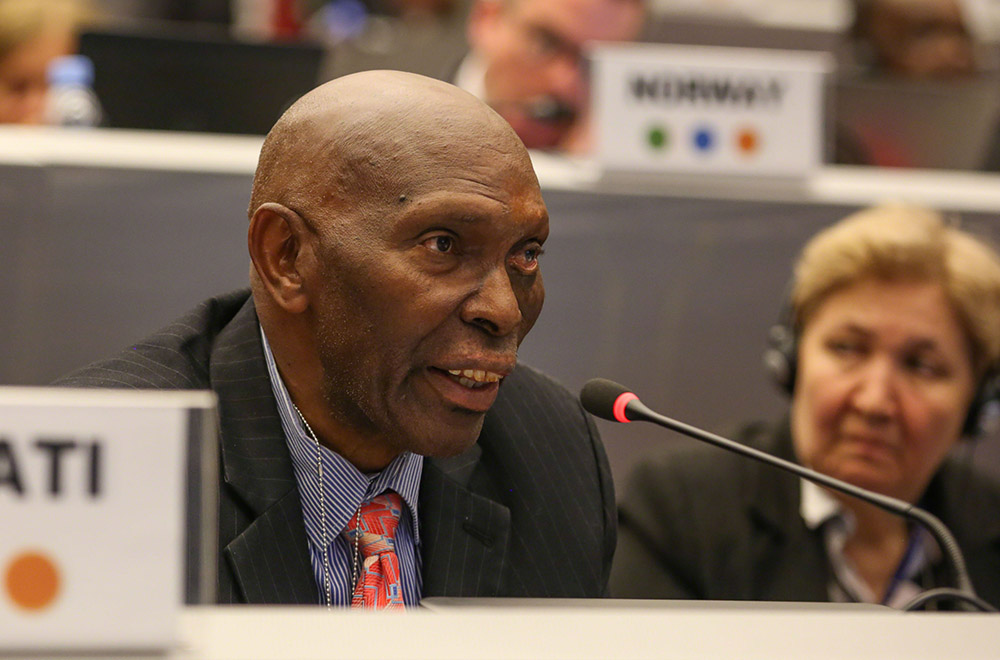

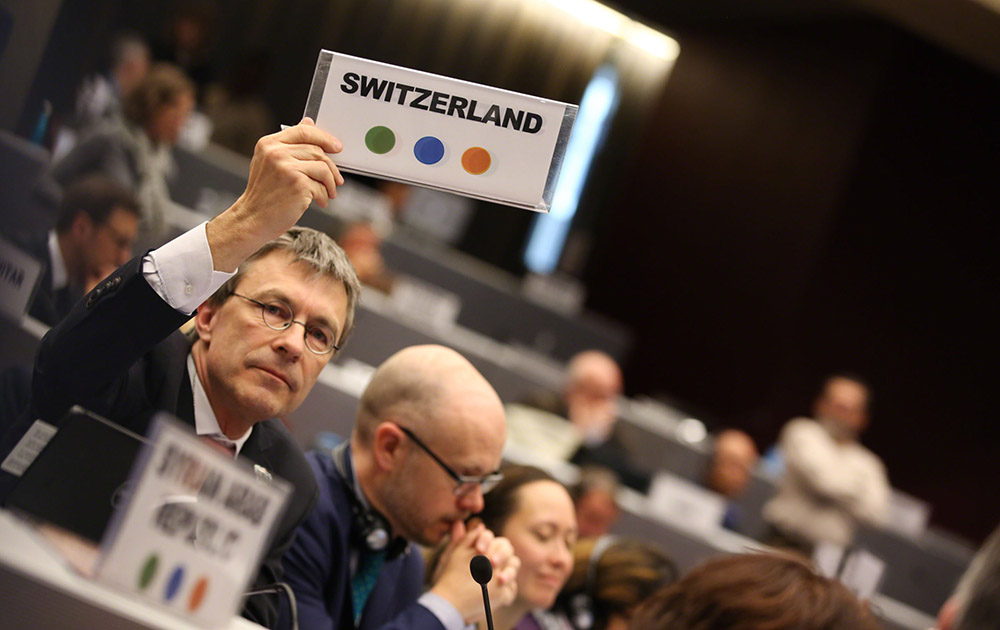
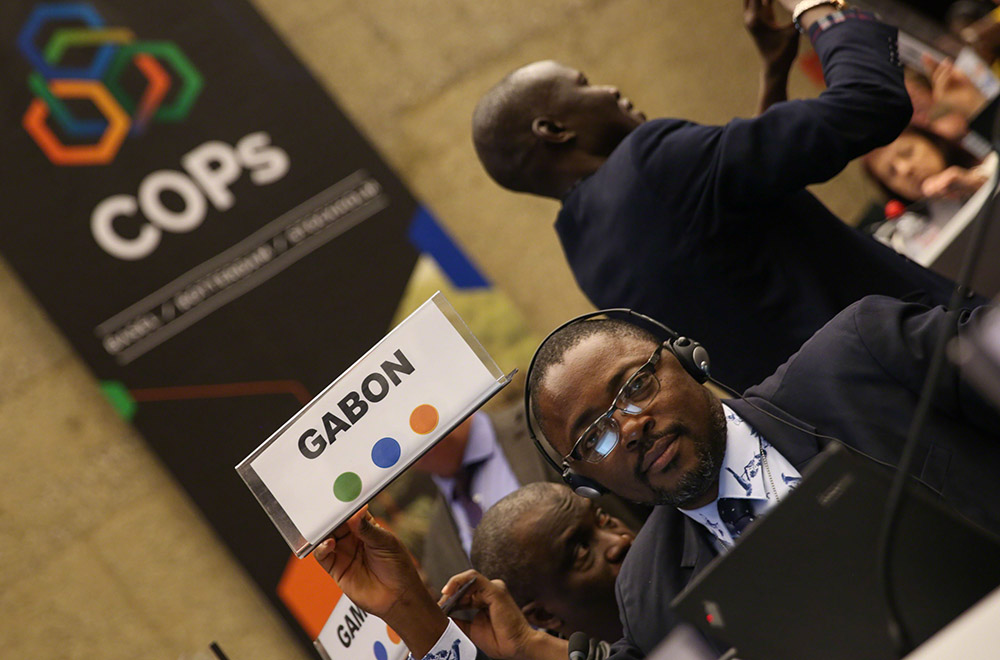
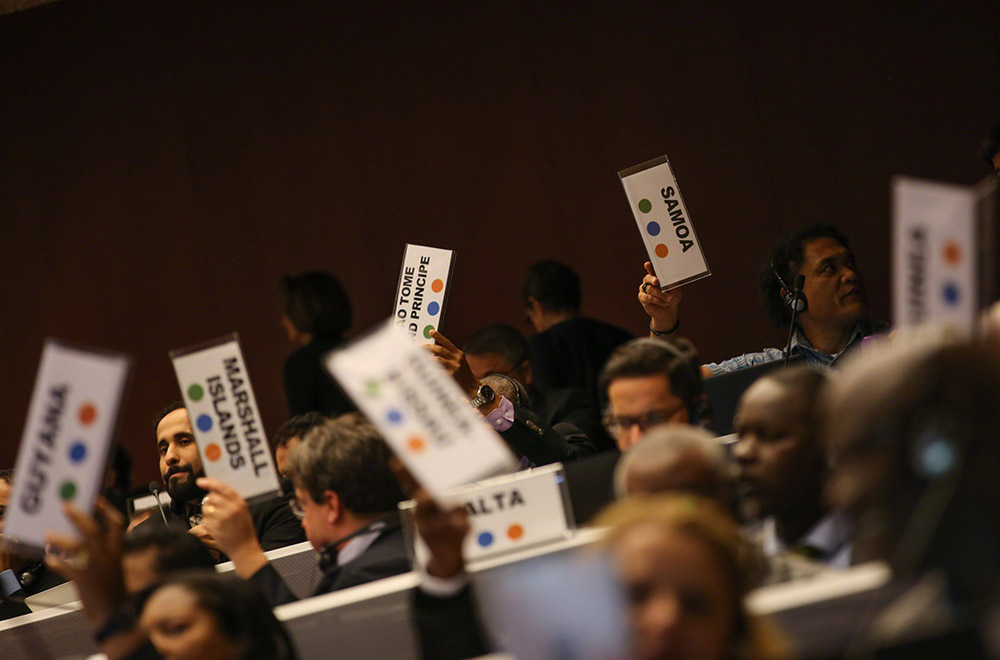
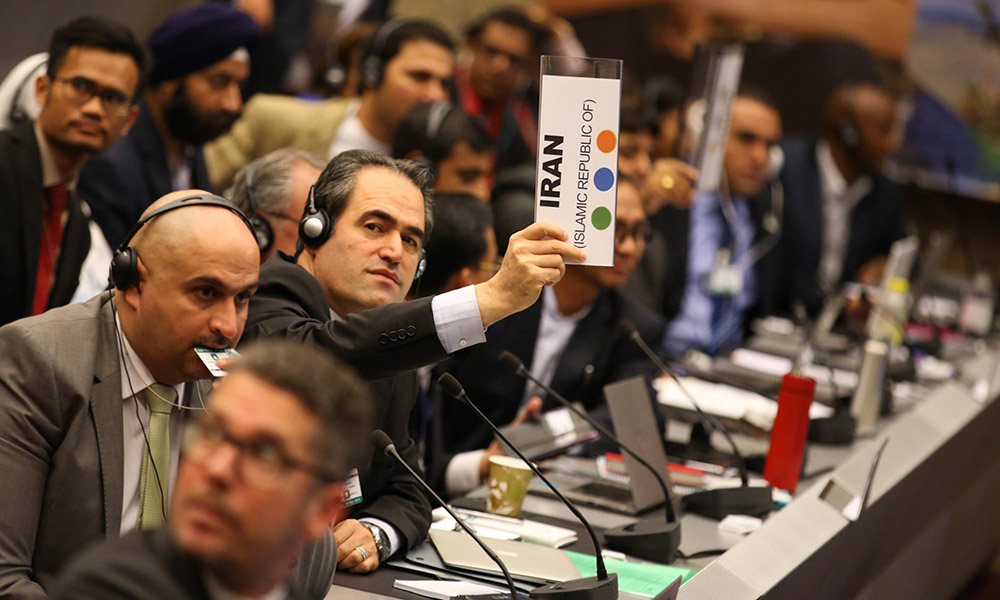
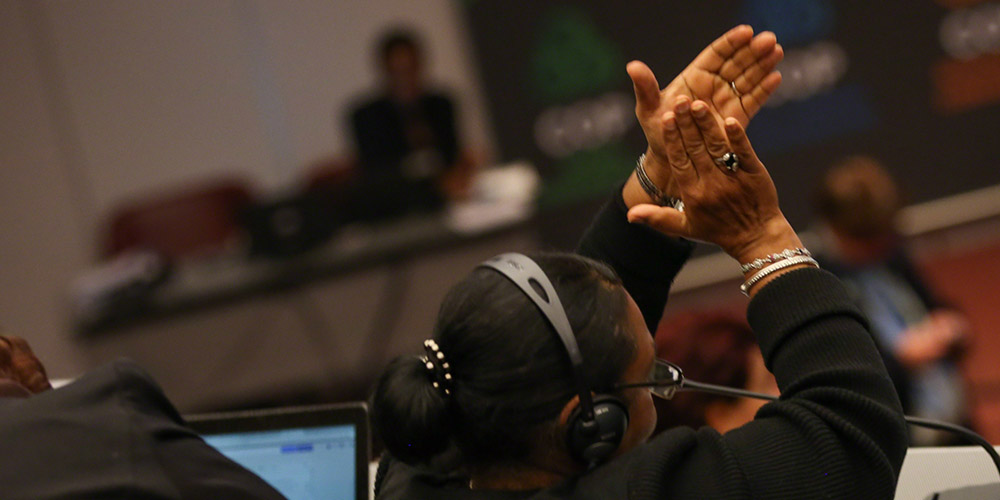

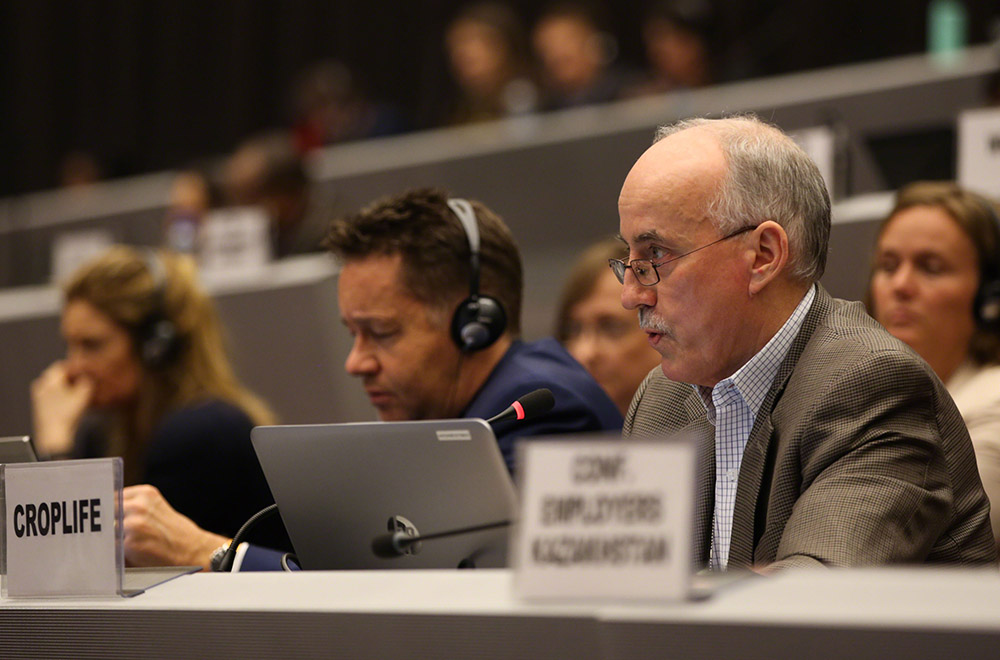
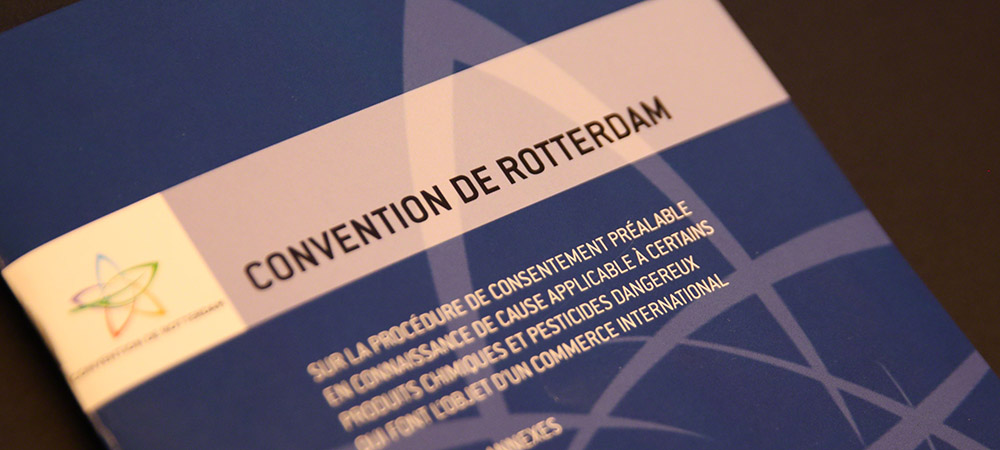
Contact Groups
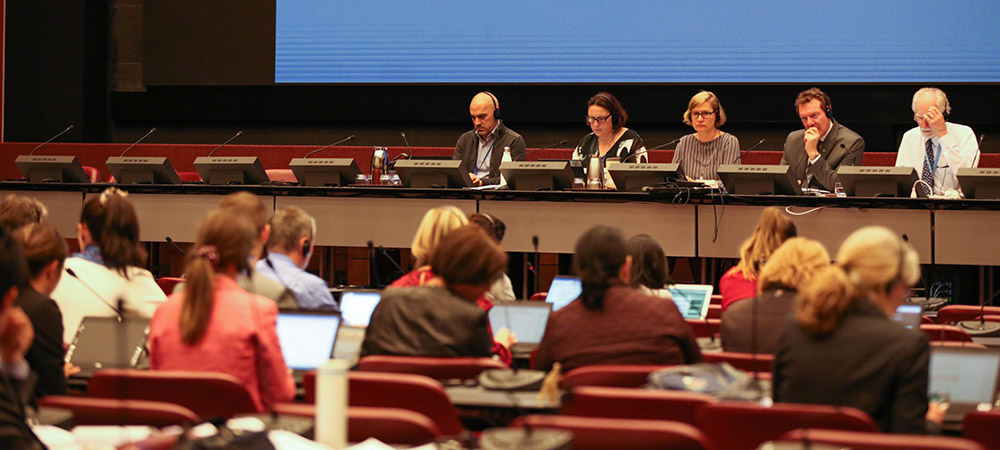
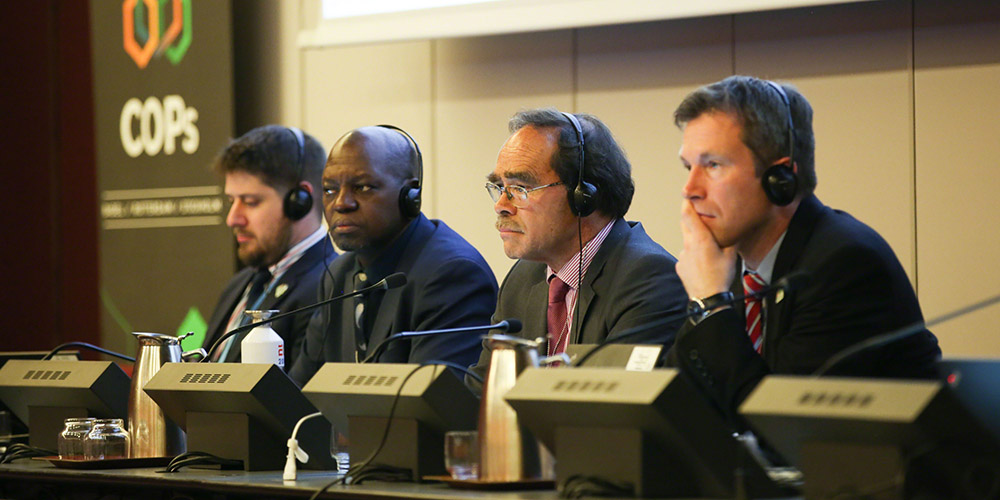
Afternoon Plenary: Rotterdam Convention
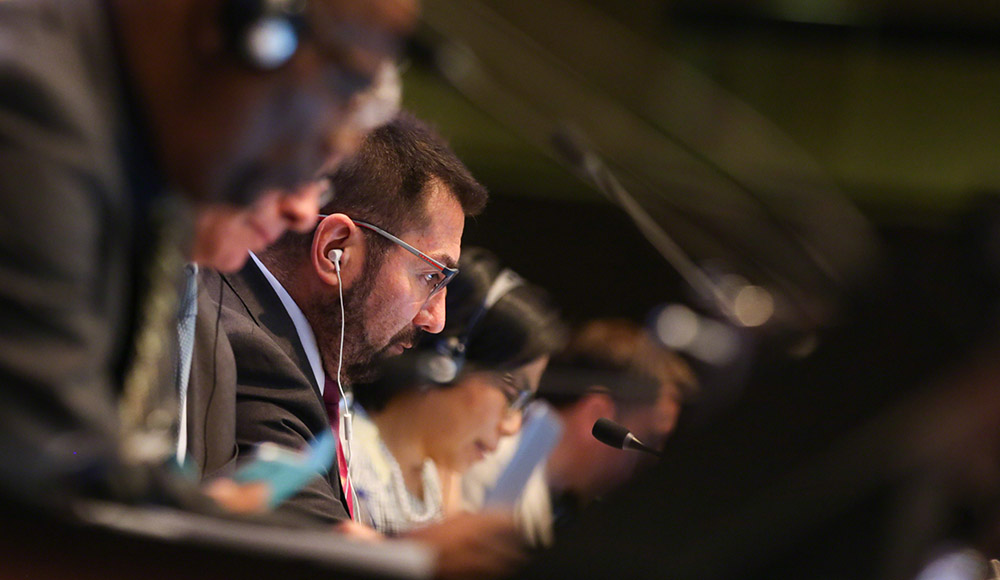
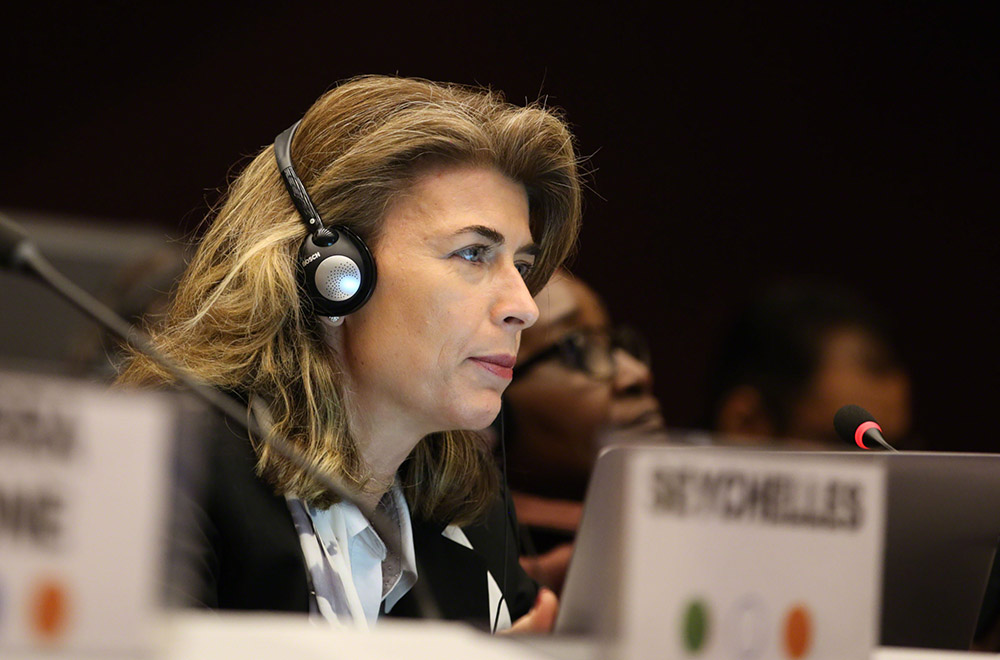
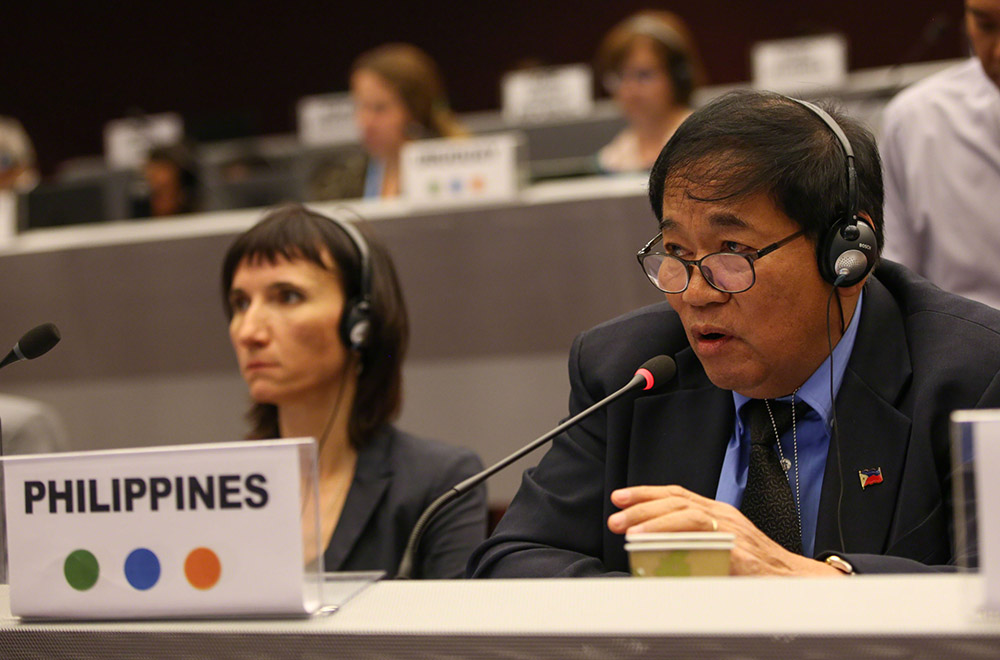
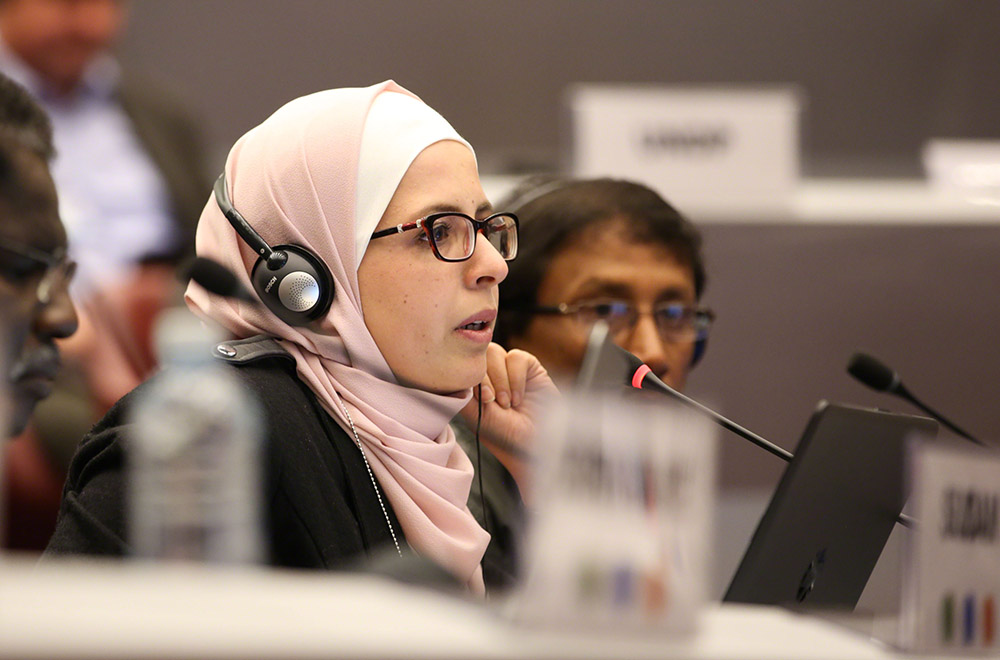
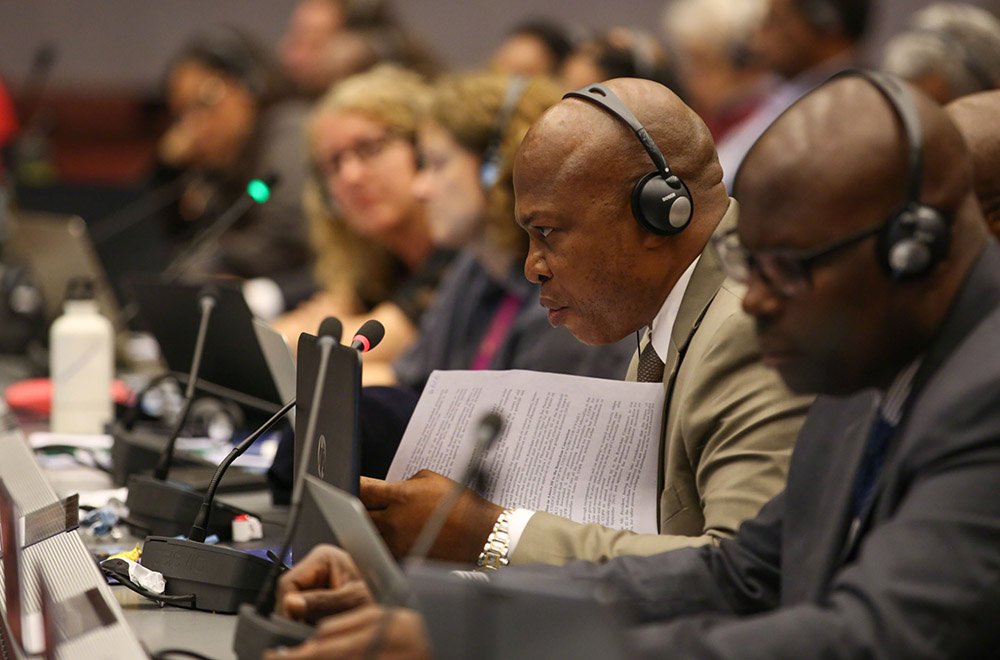
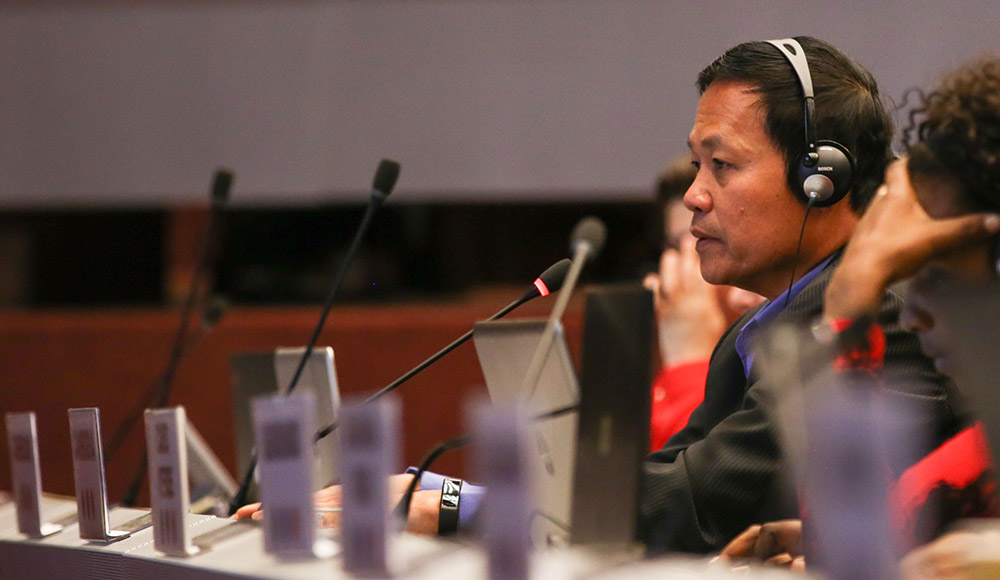

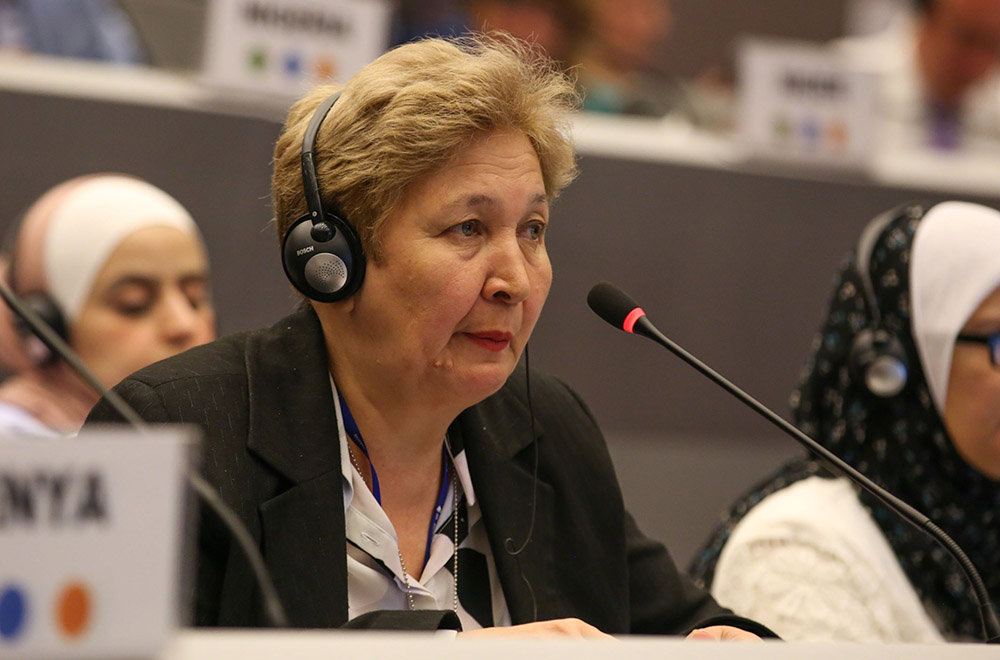
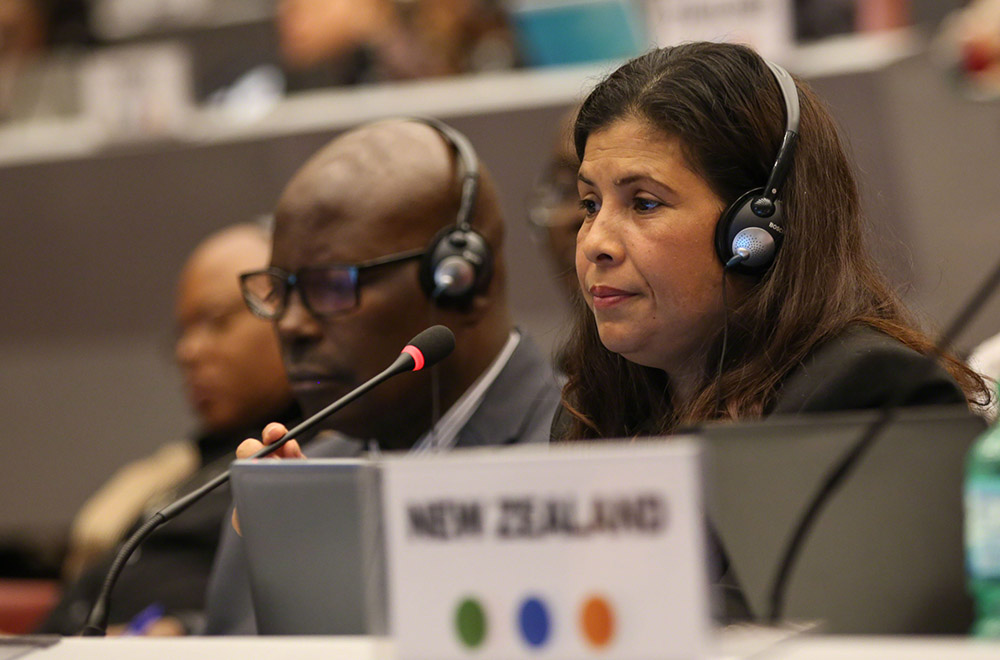
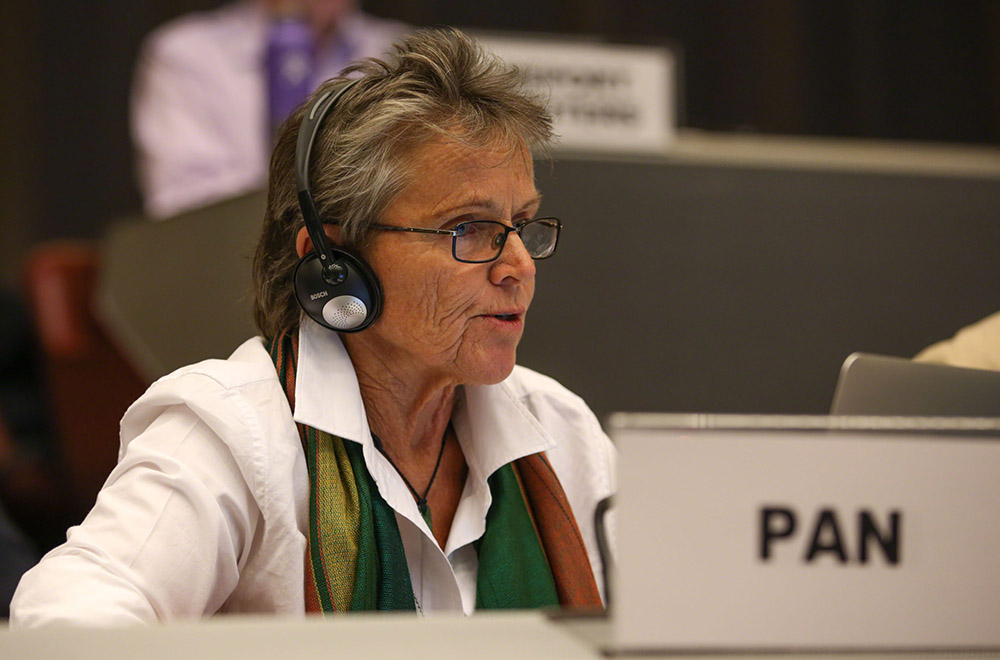
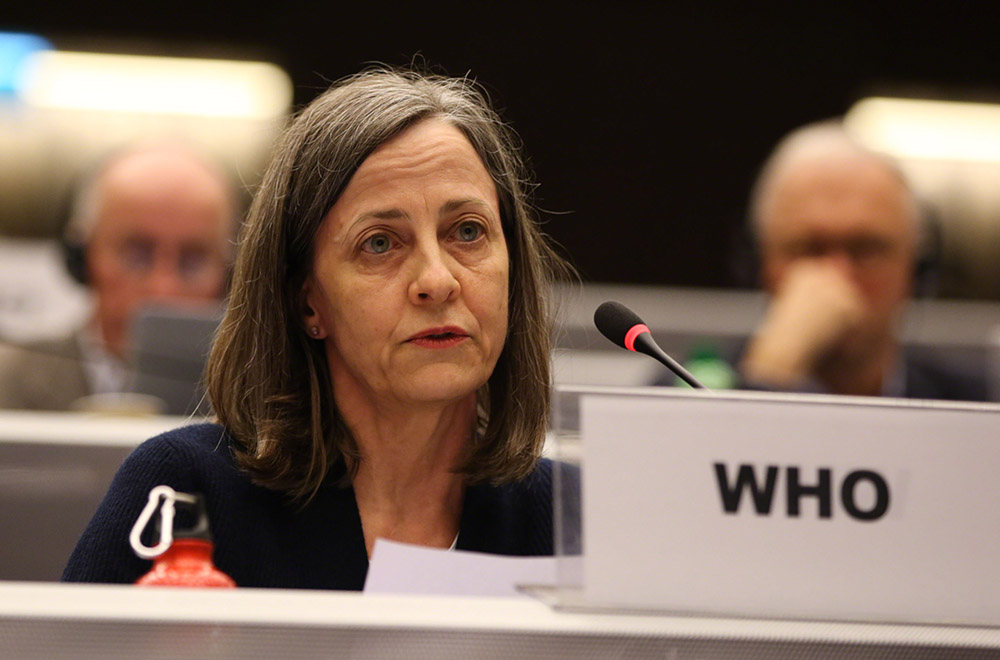

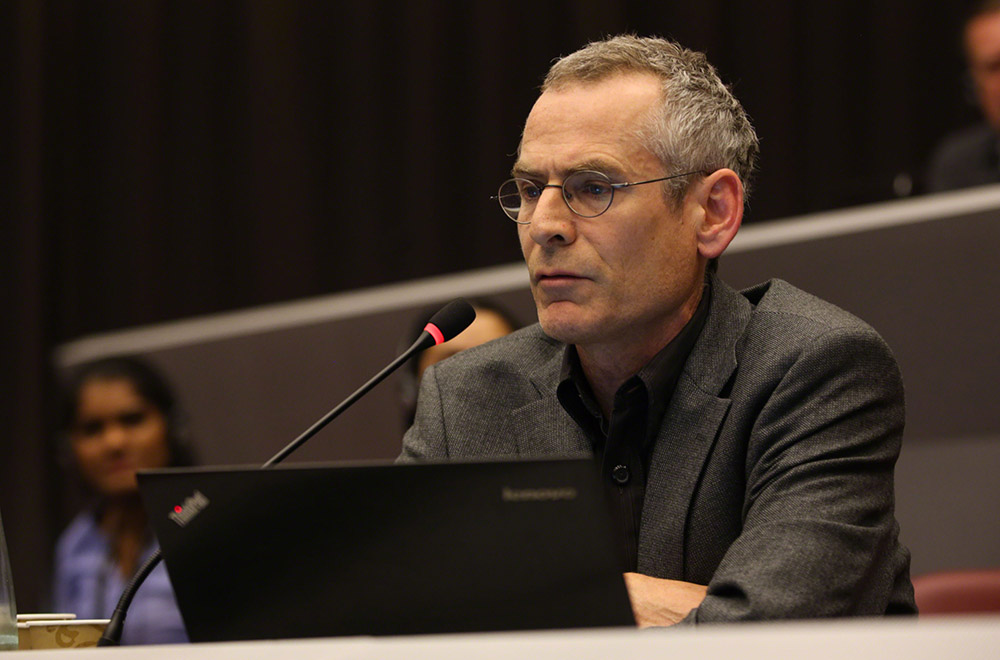

Around the Venue
